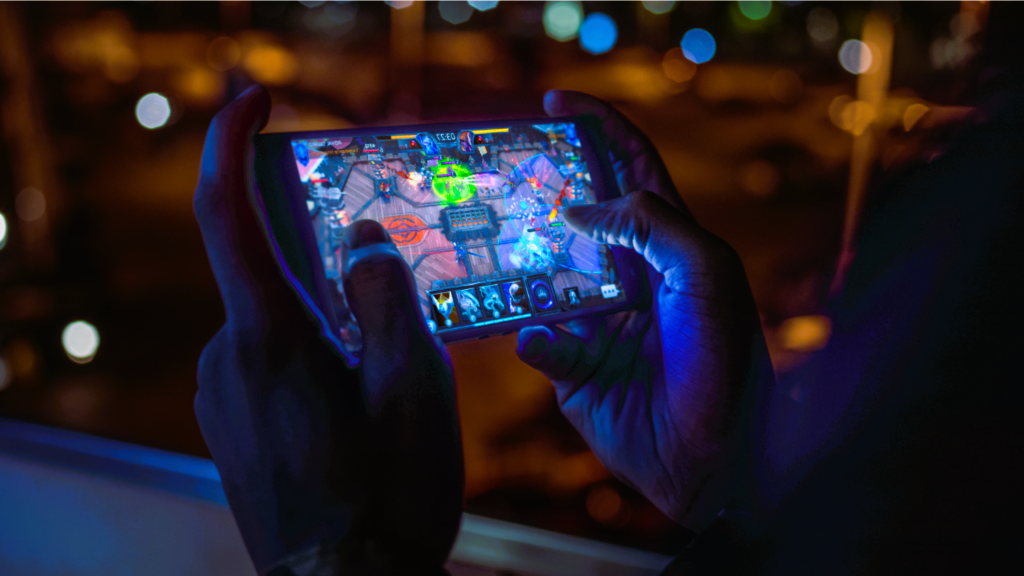In the dynamic and ever-evolving landscape of the gaming industry, the user experience (UX) has emerged as a critical factor that goes beyond stunning graphics and immersive visuals. While breathtaking visuals can capture attention, a well-crafted UX design is what keeps players engaged, satisfied, and coming back for more. In this exploration, we will delve into the multifaceted role of UX design in gaming, examining its influence on player engagement, accessibility, and the overall success of gaming experiences.
Understanding UX Design in Gaming:
UX design in gaming encompasses a wide range of elements that collectively shape the player’s interaction with a game. It goes beyond the graphical interface and involves the holistic design of the entire gaming experience, including:
- User Interface (UI): The UI serves as the player’s gateway to the game world. Intuitive menus, clear navigation, and well-designed HUDs (Heads-Up Displays) contribute to a seamless user experience. A thoughtfully designed UI enhances accessibility and ensures players can easily understand and interact with game mechanics.
- Navigation and Menus: Effective navigation is crucial for player engagement. Clear and concise menus, tooltips, and in-game instructions guide players through the gaming experience. Streamlined navigation prevents frustration and allows players to focus on the game itself.
- Accessibility Features: Inclusive design is a hallmark of a well-thought-out UX. Gaming experiences should be accessible to players with diverse abilities. Features such as customizable controls, subtitles, colorblind options, and adjustable difficulty levels enhance accessibility, ensuring a broader audience can enjoy the game.
- Onboarding and Tutorials: The initial moments of gameplay are pivotal. Thoughtful onboarding processes and tutorials introduce players to game mechanics without overwhelming them. A well-designed tutorial seamlessly integrates into the narrative, allowing players to learn by doing.
- Feedback and Responsiveness: Immediate and responsive feedback is essential for player satisfaction. Whether it’s responsive controls, visual cues for in-game actions, or haptic feedback on controllers, these elements enhance the player’s connection with the virtual world.
The Impact on Player Engagement:

- Immersive Narratives: UX design contributes to the storytelling aspect of games. Seamless transitions between gameplay and cutscenes, engaging dialogue options, and well-paced narratives create an immersive experience that captivates players from start to finish.
- Player Empowerment: Empowering players is a key goal of UX design. Intuitive controls, responsive character movements, and a sense of agency within the game world contribute to player immersion and satisfaction. Read our news about the Partial disclosure of an ancient “computer”.
- Social Interaction: Online multiplayer games rely heavily on UX design to facilitate social interaction. Well-designed communication systems, party management, and in-game social features enhance the multiplayer experience, fostering community engagement.
- Retention Strategies: The user experience plays a pivotal role in player retention. Engaging progression systems, rewarding achievements, and thoughtful post-launch content contribute to a positive experience that keeps players invested over time.
Beyond Graphics: The Emotional Impact of UX:
While graphics contribute to the visual appeal of a game, the emotional impact of UX design goes beyond what meets the eye. A carefully crafted UX elicits emotions, creating memorable experiences that resonate with players:
- Sound Design: Audio elements, including music, sound effects, and voice acting, contribute to the emotional tone of a game. Well-designed soundscapes enhance immersion and evoke emotions, enriching the overall gaming experience.
- Dynamic Environments: UX design influences how players perceive and interact with dynamic environments. Weather effects, day-night cycles, and responsive ecosystems contribute to a living, breathing game world that elicits emotional responses.
The Future of UX Design in Gaming:
As technology continues to advance, the future of UX design in gaming holds exciting possibilities:
- Virtual Reality (VR) and Augmented Reality (AR): VR and AR technologies introduce new dimensions to UX design. Immersive VR experiences and AR-enhanced gameplay offer novel ways for players to interact with virtual worlds.
- AI-Driven Personalization: AI algorithms can analyze player behavior and preferences to deliver personalized gaming experiences. From adaptive difficulty levels to tailored narratives, AI-driven personalization enhances player engagement.
Platforms for Staying Informed:

To stay informed about the latest trends and insights into UX design in gaming, platforms like IGN serve as valuable resources. These platforms like project zomboid server hosting provide in-depth coverage of game reviews, industry trends, and interviews with game developers, offering a comprehensive view of the evolving landscape.
Conclusion: Elevating Gaming Experiences with UX Design:
In the intricate tapestry of gaming, UX design emerges as a crucial thread that weaves together visuals, interactions, and emotions. Beyond the allure of graphics, a well-crafted UX elevates gaming experiences, making them accessible, engaging, and emotionally resonant. As the gaming industry continues to push boundaries, the role of UX design will be pivotal in shaping the future of interactive entertainment. Embrace the evolution, stay informed, and get ready for a new era where the user experience takes center stage in the world of gaming.


